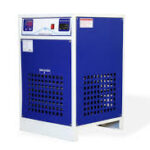Air Cooled Chillers
Air-cooled chillers employ fans to remove heat from the refrigerant, ensuring efficient cooling. Unlike water-cooled chillers, they are widely used in locations without water infrastructure.
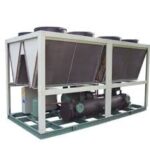
Water Cooled Chillers
Water-cooled chillers function by using water to extract heat from the refrigerant, making them suitable for high-capacity cooling applications. They are commonly found in manufacturing plants, hospitals, and data centers.
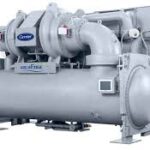
Screw Chillers
Screw chillers efficiently handle large cooling demands using screw compressors for smooth operation. They are commonly used in industrial and commercial applications. Ensuring stable and cost-effective cooling.
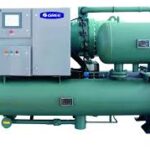
Variable Speed Chillers
Variable speed chillers use advanced VFD technology to control compressor speed. This enables precise cooling while reducing electricity usage. They are a great choice for energy-conscious applications.
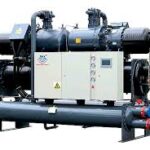
Oil Chiller
Oil chillers play a key role in maintaining stable oil temperatures for industrial equipment. They prevent excessive heat buildup in lubricating oil. This protects machinery from thermal damage.
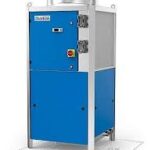
Hydraulic Oil Chiller
Hydraulic oil chillers protect hydraulic systems by cooling and stabilizing oil temperature. They prevent heat-related wear and inefficiencies. This ensures reliable and long-lasting operation.

Online Chiller
Online chillers support smart monitoring through internet connectivity. They provide constant cooling for industries requiring precision. Remote access allows instant system control and adjustments.
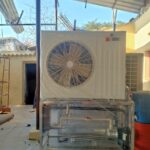
Glycol Chiller
Glycol chillers ensure controlled cooling by circulating a glycol-water solution. They are widely used in food, beverage, and chemical industries. Proper cooling prevents spoilage
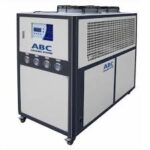
Spindle Chiller
Spindle chillers provide targeted cooling for CNC and industrial spindles. They prevent excessive heat from affecting machining precision. This results in better efficiency and tool life.
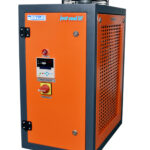
Refrigerated Air Dryer
Refrigerated air dryers remove excess moisture from compressed air lines by cooling the air. Water vapor condenses and is drained away. This protects machinery and extends component
